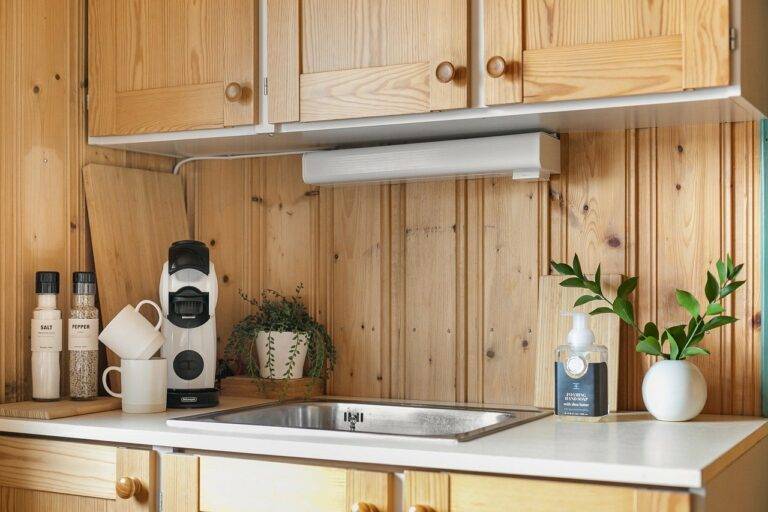Accessibility in Home Design: Making Spaces Inclusive for All
When designing an inclusive home, it is crucial to prioritize functionality and accessibility for all individuals. This involves incorporating features such as wide doorways, open floor plans, and lever-style door handles to ensure ease of movement and use for individuals with varying abilities. Additionally, creating multi-level surfaces and adjustable countertops can cater to individuals of different heights and physical capabilities, promoting independence and comfort in everyday tasks.
Another key principle of inclusive home design is the conscious use of contrasting colors and textures to aid individuals with visual impairments in navigation and identification of different elements within the space. Utilizing good lighting and eliminating glare also play a significant role in enhancing visibility and overall safety within the home environment. By incorporating these principles into the design process, homes can be transformed into inclusive and welcoming spaces for all individuals, regardless of their abilities.
Understanding the Needs of Different Abilities
Designing a home that caters to individuals with different abilities requires a thoughtful approach. It’s essential to consider the diverse challenges that people face daily and how the space can be adapted to meet their specific needs. By understanding the unique requirements of individuals with varying mobility, sensory, or cognitive abilities, designers can create a more inclusive and accessible environment for all.
One key aspect to keep in mind is the importance of flexibility in home design. Each individual has their own set of needs and preferences, so providing adaptable features that can be customized to suit different abilities is crucial. From adjustable height countertops and grab bars in bathrooms to wide doorways and step-free entrances, incorporating these elements can greatly improve the overall functionality and comfort of the home for residents with diverse abilities.
Creating Barrier-Free Entrances
When designing a barrier-free entrance, it is crucial to ensure easy access for individuals with diverse abilities. One effective way to achieve this is by including ramps with gradual slopes instead of stairs. This simple adjustment can make a significant difference in providing a welcoming and inclusive environment for all.
In addition to ramps, incorporating automatic doors that open quickly and without physical effort can greatly enhance accessibility. This feature not only benefits individuals with mobility challenges but also provides convenience for everyone, such as parents with strollers or individuals carrying heavy packages. By prioritizing these elements in the design process, homes can become more inclusive and accommodating for all residents and visitors.
• Ramps with gradual slopes are essential for easy access
• Automatic doors that open quickly benefit individuals with mobility challenges
• These features also provide convenience for parents with strollers or individuals carrying heavy packages
What are the key principles of inclusive home design?
The key principles of inclusive home design include universal accessibility, flexibility in design, ease of use, and safety for all individuals regardless of their abilities.
How can I understand the needs of individuals with different abilities?
Understanding the needs of individuals with different abilities requires empathy, research, and consultation with professionals in the field of inclusive design. Consider factors such as mobility, sensory impairments, and cognitive challenges.
What are some ways to create barrier-free entrances in a home?
Some ways to create barrier-free entrances in a home include installing ramps instead of stairs, widening doorways to accommodate wheelchairs, using lever-style door handles for easy access, and ensuring adequate lighting for individuals with visual impairments.
Why is it important to make entrances barrier-free?
Making entrances barrier-free is important because it ensures that all individuals, regardless of their abilities, can access and navigate their homes safely and independently. It promotes inclusivity and equal opportunities for everyone.







